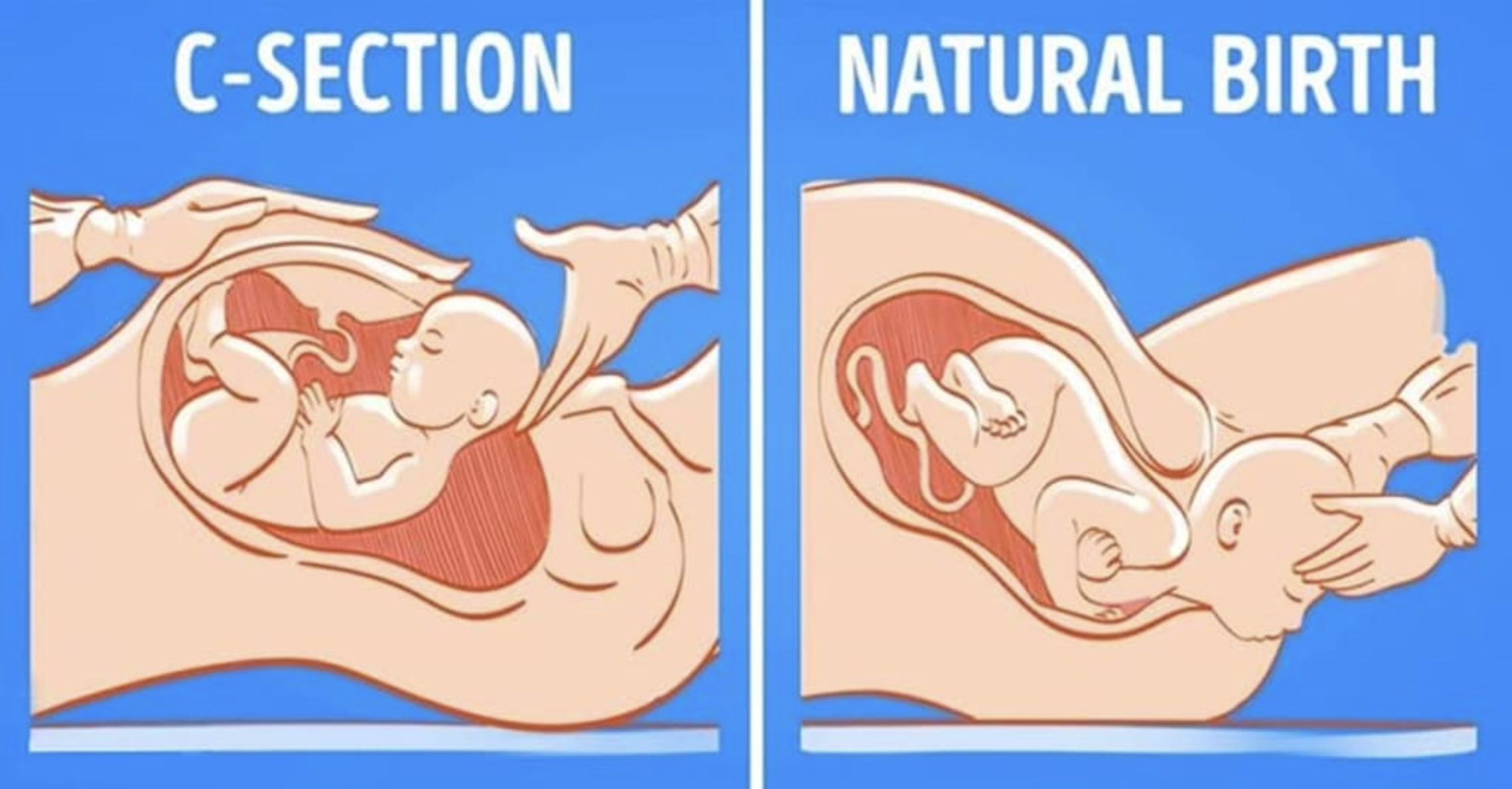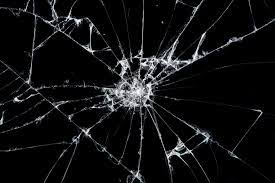
Birth by Blade: Kashmir’s C-section Epidemic Threatens Mothers and Babies
In Kashmir, the anticipation and joy surrounding childbirth have been overshadowed by a concerning trend in delivery methods. Both private and public health institutions in the Valley are witnessing a drastic shift from natural deliveries to an alarming surge in caesarean sections.
What was once considered a routine event has become a subject of anxiety for pregnant women, as the prevalence of surgical interventions raises questions about the necessity and appropriateness of such procedures.
For expectant mothers in Kashmir, the looming uncertainty during labour revolves around the choice between a natural delivery and a surgical intervention. The preference for a surgeon’s knife over the natural process seems to have flipped the traditional narrative, creating a scenario where caesarean sections, colloquially known as C-sections, are on the rise.
Startling statistics reveal that private hospitals in Kashmir are witnessing an exceptionally high rate of C-sections, soaring above 85 to 90 percent. Even in government-run hospitals equipped with medical staff, the rate of caesarean deliveries exceeds 50 percent.
To comprehend the escalating trend of caesarean sections in Kashmir, while delved into the data of Kashmir’s primary maternity institute, LD Hospital. The figures obtained from the hospital revealed a significant shift, with the rate of C-sections standing close to 60 percent.
In the year 2023 alone, out of a total of 22,697 deliveries at LD Hospital, a staggering 15,951 were conducted through C-sections, leaving only 6746 as normal deliveries. A deeper analysis of the data indicates a consistent upward trajectory in the prevalence of caesarean sections over the past few years.
In 2020, of the total 15,406 deliveries, 7305 were normal, and the rest were C-sections. The trend continued in 2021, with 15,610 deliveries, of which 7786 were normal. In 2022, of the 18,032 deliveries, only 7473 were normal, underscoring the persistent rise in the incidence of C-sections.
Furthermore, data from SKIMS Maternity Hospital echoes these findings. Between October 2022 and October 2023, a total of 4458 deliveries were recorded, with a majority of 3249 being C-sections and only 835 classified as normal deliveries.
This corroborates recent revelations from the National Family Health Survey-5 (NHFS-5), which disclosed that J&K holds the fourth-highest rate of C-sections in the country. The survey indicates a concerning escalation from 33.4 percent in 2015-16 to nearly 42 percent in 2019-21, shedding light on the urgency of addressing and understanding the factors contributing to this rising trend in surgical interventions during childbirth.
A senior Health and Medical Education Department official said that the rate of caesarean sections was “significantly higher in private hospitals in Kashmir, where out of 10 deliveries, only one is a normal delivery. The prevalence of C-sections is often a result of mutual agreement between patients and doctors. What adds to the concern is the revelation that government doctors are also performing C-sections in private hospitals and nursing homes, highlighting the need for scrutiny and regulation in these practices.”
Directorate of Health Services Kashmir spokesman, Dr Mir Mushtaq emphasised the necessity for proper counselling to educate expectant mothers about the benefits and safety of normal deliveries. Medical professionals express their concern over this prevailing trend, warning that it could lead to a surge in maternal mortality and morbidity.
The World Health Organisation (WHO) recommends an ideal rate of C-sections between 10 to 15 percent, a threshold significantly surpassed in J&K. “The high incidence of C-section deliveries in Kashmir can be attributed to various factors, with a notable influence being the strong preference for surgical interventions among expectant mothers and their families. The perception that C-sections are less painful and involve fewer risks compared to vaginal deliveries contributes to this preference. Additionally, the trend is linked to late marriages, a common occurrence in Kashmir, which further elevates the likelihood of C-sections,” a gynaecologist at LD Hospital said. “Furthermore, an urban-rural divide has been observed, with higher rates of C-sections in urban areas compared to rural ones.”

